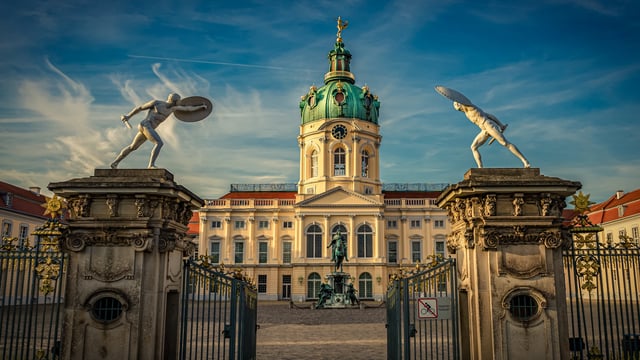Themes in World Art, Archaeology & History
From prehistoric Rock Art sites around the world to varied sites and museums associated with the Cold War. The unifying principal of these guides are cross-border themes in art, archaeology and history. Intended to complement the country and regional guides, they are designed to allow you to explore a particular topic in more depth. Some thematic guides are necessarily global, such as rock art and Egyptology, while others are more restricted, for example the guides to megalithic sites of Europe and the Hanseatic League.

Rock Art Around the World
Rock Art, images painted and/or engraved on to rock surfaces, can be found in caves and rock shelters, rocky outcrops and boulder fields throughout the world. Although these traditions range in dates from tens of thousands of years ago to more recent, contemporary pasts, in some Native and Aboriginal communities their sacred nature is as important today as it has ever been. In strikingly varied ways, employing different skills and techniques, different values and beliefs, these images demonstrate the geographic and temporal diversity of image making practice.

Megalithic Europe
A ‘megalith’ is a large stone that was used on its own or with others to create a feature of some kind. These structures, widely accepted to be funerary and ritual, can be found from Ireland and Portugal in the west to Ukraine and Turkey in the east, from Norway and Sweden in the North to Spain and Italy in the south. They range in date from the Neolithic to the Bronze Age. While megalithic traditions exist almost throughout the world, this guide focuses on the prehistoric traditions of Europe.

Egyptology & Eqyptomania
No other ancient civilisation holds our attention around the world today as much as ancient Egypt. Europe’s fascination with Egypt is almost as old as antiquity itself, and dates back to the time of the ancient Greeks and Alexander’s conquering of lands along the Nile. For centuries now Egyptian artefacts have been sold to private collectors and museums. Consequently, there are now numerous collections of Egyptian antiquities all over the world.

Fortresses, Castles & Palaces
Whether ruined or restored, tourist attraction or still occupied, fortifications, castles and palaces are amongst our most favourite places to visit. At once these extraordinary places play to both our fascination with and fantasies about our pasts. Visitors flock in their millions to the Palace of Versailles just outside of Paris because of its history of excess and extravagance. Romania’s Bran Castle, ‘Dracula’s Castle’, is relatively just as popular, not because of history but rather literary fantasy.

Monasteries & Abbeys

The Hanseatic League
The Hanseatic League greatly influenced trade, the economy and politics in northern Europe for over 400 years. This vast network of powerful cities and ports centred on Lubeck, the ‘Queen of the Hansa’, and stretched from Iceland in the west to Russia in the east; from the Bergen in the north to the French port of La Rochelle on the Atlantic coast. Striking architecture from these times has survived in many of these cities and ports. And today they commemorate their medieval heritage in a number of ways.

World War II & the Holocaust
In January 1933 Adolf Hitler was appointed Chancellor of Germany. Within months he brought in laws that gave him and his cabinet unprecedented powers. By March the first concentration camp, Dachau, was opened. Kristallnacht in November of 1938 saw a marked escalation in the persecution of Jews in Germany. And less than a year later, 3 September 1939, Britain and France declared war on Germany. At the Wannsee Conference in January 94 the ‘Final Solution’ was devised, which would see the murder of millions of Jews, Roma, disabled people, Soviet prisoners of war, homosexuals, Jehovah’s Witnesses, Socialists and Communists tortured and murdered. After years of war, his slaughter was brought to an end with the Allied invasion of Europe starting in June 1944, D-Day.


